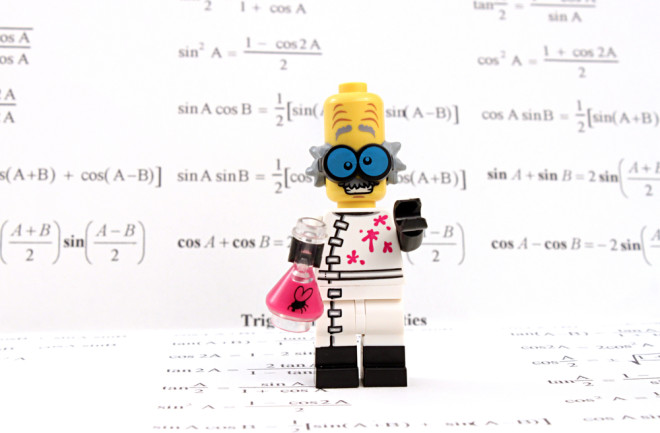On Aug. 5, 2011, the Juno spacecraft blasted off from Florida’s Cape Canaveral and started its 5-year journey to Jupiter, the largest planet in our solar system. The spacecraft carried a mass of scientific equipment designed to determine parameters like the planet’s composition and the amount of water present, as well as map out its gravity field. Juno also carried some unusual passengers: three tiny Lego figures. They represented the Roman sky and thunder god Jupiter, his wife Juno, and Galileo Galilei, the scientist who studied Jupiter’s four largest moons in 1610.
The Lego figure cargo was intended to promote interest in science and cosmology among youngsters. Each of the space-traveling characters are the same size as typical Lego figures, but they're cast in a "special space-grade aluminum," according to Scott Bolton, Juno’s principal investigator. "They have gone through all the testing to make sure that they fit on our spacecraft in a way that is like our other science instruments."







